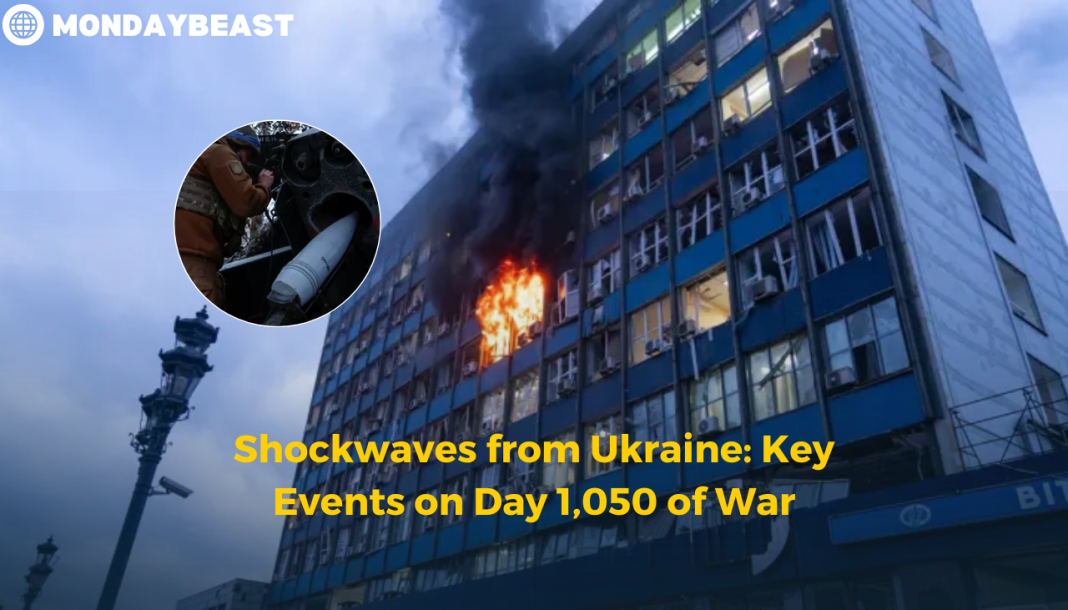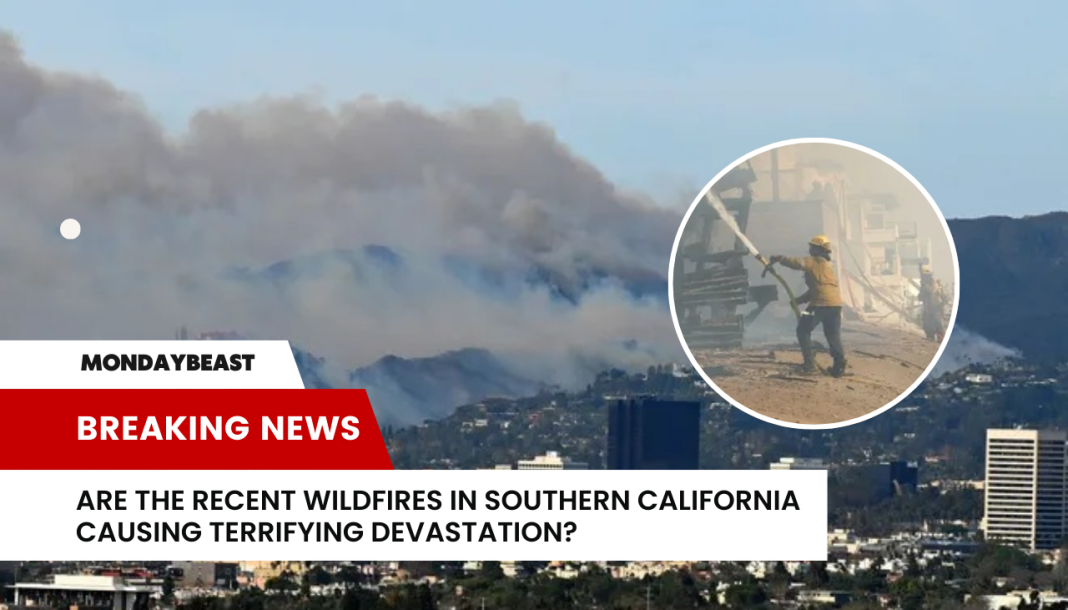Fighting Escalates in Ukraine
In a shocking turn of events, Zaporizhzhia suffered another tragedy. A guided bomb attack by Russian forces claimed the lives of at least 13 civilians, injuring about 30 more. This is just the latest round in a devastating conflict that has ravaged the country for over three years. Governor Ivan Fedorov took to social media to express his despair. A separate Russian strike in Stepnogirsk led to two more fatalities. The proximity of these events to the front line raises pressing questions about safety. What will it take for peace to return to Ukraine?
The war is not limited to Ukrainian territory. Roman Busagrin, the governor of Saratov, announced the deaths of two firefighters in a blaze ignited when Ukrainian forces struck an oil depot some 500 kilometers from the border. This incident underscores the increasing complexities of the conflict. As each side responds, the specter of broader regional implications looms large. How will these actions be perceived by international allies?
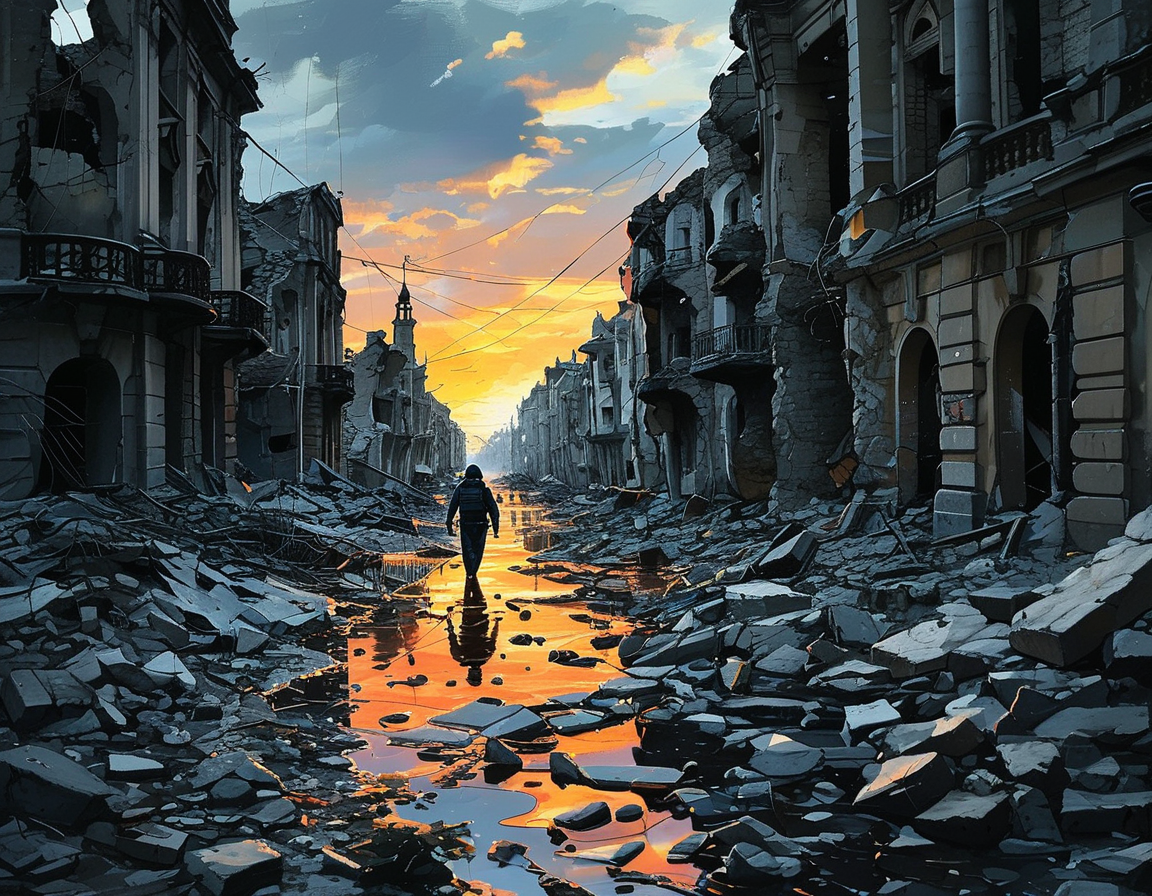
Concerns over human rights violations are also rising. Nada Al-Nashif, a deputy UN rights chief, voiced alarm over credible allegations of executions of captured troops by Russian forces. Their implications are severe, potentially complicating diplomatic relations. Does the world see these human rights violations for what they are—issues that must be addressed, regardless of the geopolitical landscape?
Military Assistance Pivots to Action
Yet amid these tragedies, support for Ukraine appears unwavering from the United States. President Biden is set to announce $500 million in military aid to Kyiv. This is a rapid response, pulled directly from US stockpiles. US Defense Secretary Lloyd Austin emphasized the critical need for continued support. This prompt aid stands as a testament to the commitment of the US. But will it be enough?
As Ukraine braces for winter, officials on the ground eagerly await the latest shipment. Some may wonder how this assistance will change the battlefield dynamics. For the soldiers and families involved, each weapon could mean a lifeline. Does the US have what it takes to keep the momentum on Ukraine’s side?
Diplomatic Efforts Intensify Amidst Tensions
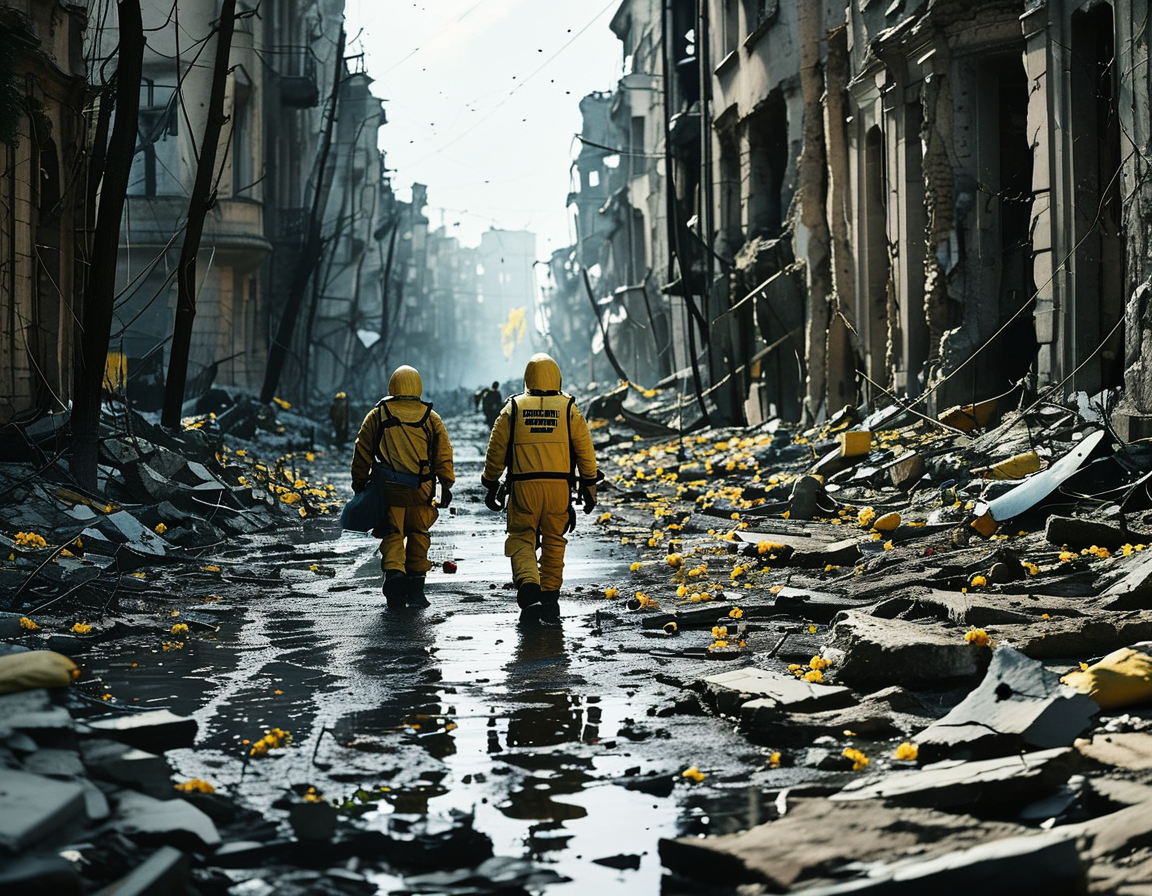
Political leaders are not sitting idly by. NATO membership is characterized as the only viable security guarantee for Ukraine against potential Russian aggression. Finland’s Foreign Minister Elina Valtonen reiterated this perspective during a recent visit to Kyiv, where she met President Zelenskyy. She also visited a children’s hospital, a striking reminder of the war’s impact on civilians. What can leaders do to alleviate suffering while navigating complex political landscapes?
In Washington, Secretary of State Antony Blinken emphasized that any ceasefire would need robust deterrents to prevent future attacks. This forward-thinking approach illustrates the need for long-term solutions, not just temporary fixations. Could diplomacy emerge victorious in a region plagued by conflict for years?
Regional Challenges and Opportunities
While the situation intensifies, regional dynamics shift too. In a surprising twist, Ukraine’s Ministry of Foreign Affairs expressed readiness to fill a void if Hungary opts to align itself with Russian influences. The balance of power in Eastern Europe is fragile, and will Hungary take a gamble by taunting its NATO partners?
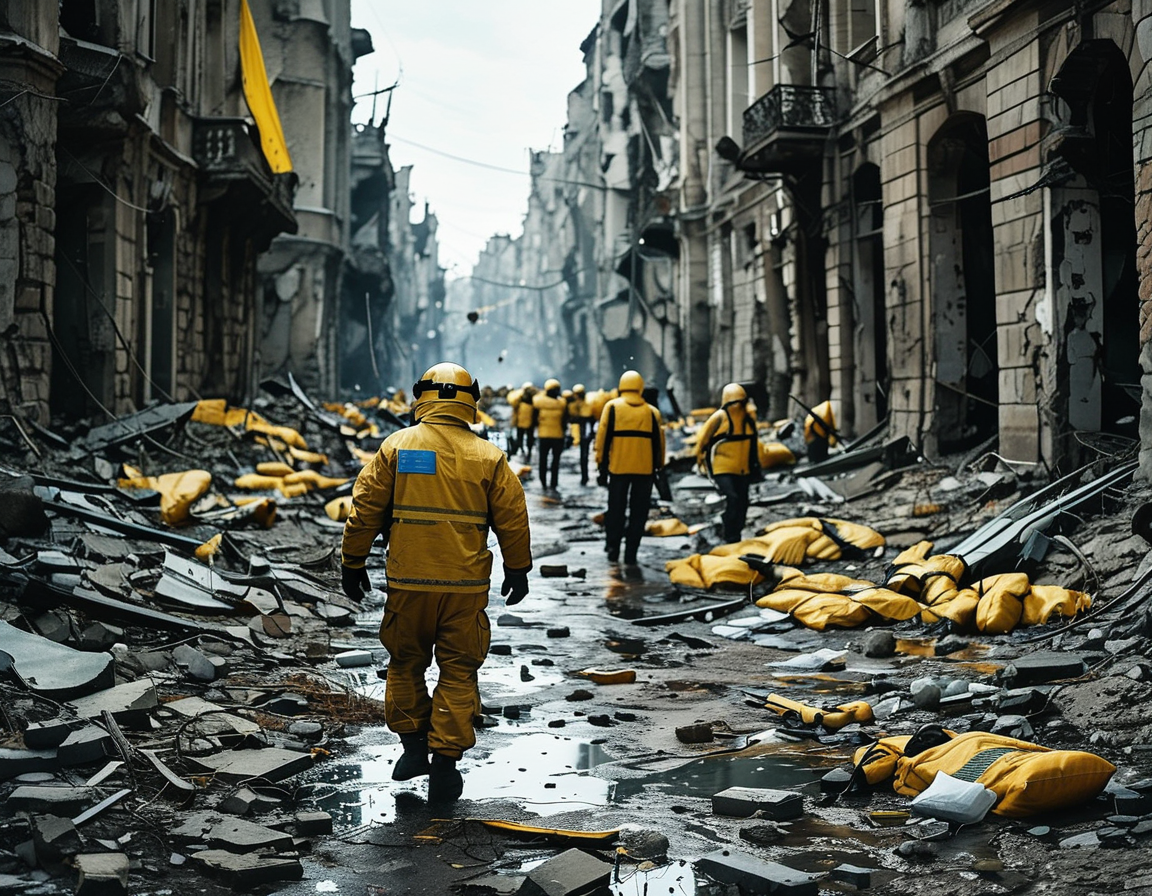
Amidst this uncertainty, Lithuania is also raising red flags. They announced enhancements to security measures for a critically important electricity cable to Poland due to concerns over sabotage. The sense of urgency is palpable. What can be done to solidify alliances among neighboring nations navigating these uncertain times?
In increasingly dire circumstances, every conversation matters—especially regarding energy supplies. Zelenskyy and Moldovan President Maia Sandu discussed leveraging Ukrainian coal to ease significant energy shortages. The stakes are high, as Moldova’s separatist Transdniestria region grapples with blackouts. What role does energy play in international relations? Are we witnessing the realignment of power based on energy resources?
Reflections on the Path Forward
There’s no shortage of divergent views on how to tackle these challenges. Germany’s Chancellor Olaf Scholz emphasized the inviolability of borders, directly addressing expansionist comments from US President-elect Trump. The response from European allies was one of confusion and concern. Could misconstrued intentions derail the fragile alliances built over decades?
The conversations happening now will shape the future. Allies are set to convene at the Ramstein airbase in Germany to discuss defense strategies. Will these discussions catalyze meaningful change or merely reiterate existing stances? As we navigate through the chaos of geopolitics, the world’s attention turns to these key leaders. What happens next may well determine the course of not just a nation, but an entire region.
The path of war continues to unfold, filled with uncertainty, despair, and, occasionally, hope. Can we dare to envision a future where dialogue and diplomacy prevail?

